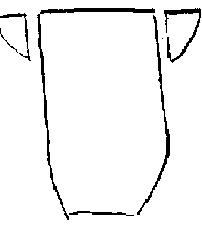
|

|
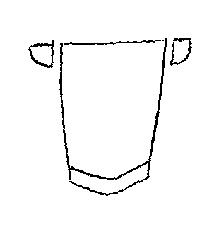
|
|
Bocksten |
Kragelund |
Skjoldehamn |
Sleeve shapes

|

|

|
|
Bocksten |
Kragelund |
Skjoldehamn |
|
|
|
Soderkoping |
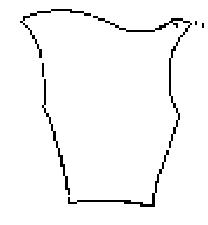
|
|
Moselund |
|
|
|
|
Herjolfsnes 33 |
Herjolfsnes 41 |
|
|

|
|
| Herjolfsnes 38 | Herjolfsnes 39 | Herjolfsnes 42 |
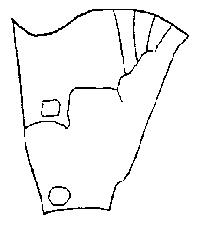
|
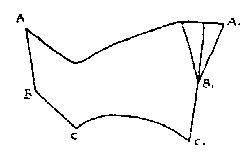
|
|
| Herjolfsnes 43 | Herjolfsnes 45 |

|
|
Charles de Blois |
|
|
| Herjolfsnes 44 |
The peculiar style of most of the Herjolfsnes garments, with the rotated sleeve seam and the inserted gusset, is an ingenious way of making a fitted sleeve. Not only does this approach give a nicely fitted sleeve without the difficulties of dealing with the change in width from the upper arm to a comfortable armscye, but the gusset actually makes the sleeve twist and fall forward nicely over the elbow, in a similar way to a modern, tailored jacket. Try it!
Note that the placement of the sleeve seam and gusset is usually shown just below from the shoulder seam, going down the back. While this is how you'd set in a modern jacket sleeve, it may not have been how these garments were originally made. The only garment with the sleeve still attached at discovery was Herjolfsnes 39 - as a short-sleeved garment it probably wasn't worth pulling off the sleeves to use as leg coverings. But the gusset is set quite low in the armscye, the bottom edge set into the second side seam from the back, and going up the armscye. (I'll draw a picture soon!)